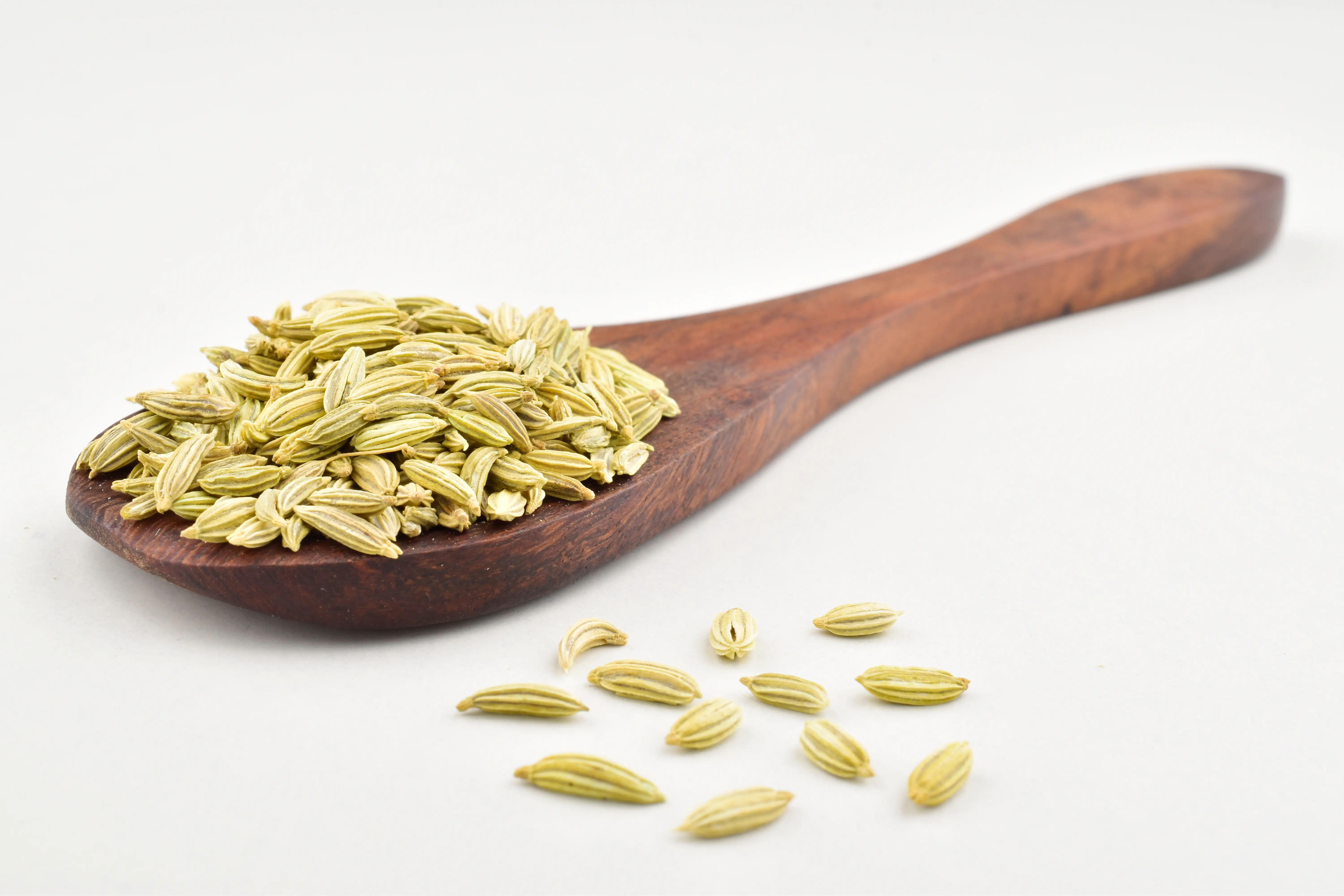What Leads To What Vaginismus?
Discover the common physical and psychological causes of vaginismus and how this condition is diagnosed and treated. Understand the factors that lead to involuntary muscle spasms.


Introduction
Vaginismus is a common, highly treatable cause of pain or tightness with vaginal penetration. If you’ve ever felt your muscles “slam shut” during sex, a pelvic exam, or when inserting a tampon, you’re not alone. Vaginismus isn’t “all in your head,” nor is it a permanent condition—it’s a protective reflex of the pelvic floor that can be retrained with the right support.
In this guide, we’ll unpack exactly what leads to vaginismus and, just as importantly, what it leads to if it goes unaddressed. You’ll learn how the fear–tension–pain cycle works, the difference between primary and secondary vaginismus, and how to distinguish it from other causes of painful sex (dyspareunia). We’ll walk through diagnosis, evidence-based treatments like pelvic floor physical therapy and dilator therapy, how to talk with a partner, and what success typically looks like. Throughout, you’ll find practical steps you can start today and clear indicators for when to seek professional help. If symptoms persist beyond two weeks or interfere with daily life, consult a doctor online with Apollo24|7 for further evaluation. You deserve care that’s respectful, informed, and effective—and vaginismus is beatable.
Understanding Vaginismus
Vaginismus is the involuntary tightening of the pelvic floor muscles around the vagina that makes penetration painful, difficult, or sometimes impossible. It’s best understood as a protective “guarding” reflex: the body anticipates pain or harm and contracts muscles to block entry. Unlike general sexual pain (dyspareunia), vaginismus is defined by this reflexive contraction with attempted penetration, often paired with a burning, stinging, or “hitting a wall” sensation.
Types matter because they shape both cause and care. Primary vaginismus occurs when penetration has never been comfortable or possible (for example, first attempts at tampon use or intercourse trigger pain and reflex tightening). Secondary vaginismus develops after a period of pain-free penetration; it may follow childbirth, pelvic surgery, infections, menopause-related dryness, or a painful medical exam. Vaginismus can be situational (only in certain contexts or with certain partners) or generalized (across all forms of penetration)
How is vaginismus different from other pain sources? Conditions like vestibulodynia, vulvodynia, infections, or skin conditions can also cause pain with penetration but don’t always trigger the same involuntary closure. In reality, many people have overlapping issues—such as pelvic floor hypertonicity plus vestibulodynia—so a sensitive, thorough assessment is essential . Recognizing that vaginismus is a treatable reflex, not a personal failing, is the first step. Long-tail terms to note here include vaginismus vs dyspareunia and pelvic floor hypertonicity.
Unique insight: Thinking of vaginismus as a “smoke alarm” set too sensitive can help you and your clinician focus on recalibrating safety signals rather than “pushing through” pain, which usually backfires.Consult a Top General Physician
How Common Is It and Who Is Affected?
True prevalence is hard to pin down because many people don’t report symptoms or receive a specific diagnosis. Major medical sources describe vaginismus as underrecognized, and the exact number remains unknown. In clinical settings, it’s frequently encountered among those seeking help for painful sex (dyspareunia)—a broader category that affects a meaningful proportion of people with vaginas at some point in life. Cultural factors, stigma, and access to care influence reporting rates, so surveys vary widely.
Who is affected? Anyone with a vagina can experience vaginismus—across age, culture, relationship status, or sexual orientation. Primary vaginismus often emerges with first attempts at tampon use or intercourse; secondary vaginismus can arise after a painful event (e.g., an infection, a tear, or menopause-related dryness) or after trauma. Life stages matter: postpartum healing, perimenopause, and menopause can change vaginal tissue and muscle tone, sometimes making penetration newly painful unless addressed with appropriate care.
Why underdiagnosed? People often feel shame or worry about being “broken,” or they’re told to “relax” or “drink wine,” which isn’t a solution. Others are misdiagnosed or assume pain is normal. Clinicians may not ask specifically about penetration tolerance, or a rushed exam may inadvertently reinforce guarding. A trauma-informed, consent-based approach is critical to accurate diagnosis.
Unique insight: Online communities have accelerated self-recognition of vaginismus. While peer support can be empowering, proper diagnosis ensures that overlapping conditions (e.g., vestibulodynia, infections) aren’t missed. If you’re uncertain, an online consult via Apollo24|7 can help you decide next steps.
What Leads to Vaginismus?: Root Causes and Risk Factors
Vaginismus is multifactorial. Often, it’s not one cause but a stack of influences that build the guarding reflex.
Psychological contributors:
Anxiety about pain or injury, previous painful experiences, sexual trauma, negative sexual messaging, and performance pressure can prime the nervous system to anticipate danger. The brain’s “prediction” of pain can trigger protective muscle clenching before penetration begins. In some people, perfectionism or fear of failure can heighten overall muscle tension.
Physical and medical contributors:
Pelvic floor hypertonicity (chronically tight muscles), vaginal infections, urinary tract infections, inflammatory skin disorders, endometriosis, pelvic surgery, and neurologic pain conditions can sensitize the pelvic region. Menopause-related estrogen decline can cause thinning and dryness (genitourinary syndrome of menopause), making penetration painful unless treated. Any painful pelvic exam or procedure can condition a guarding response.
Social and cultural contributors:
Shame-based sexual education, myths about virginity or the hymen, homophobia or transphobia, and lack of access to inclusive care can foster fear and avoidance. Misinformation (e.g., “you must endure pain for your first time”) normalizes suffering and delays help.
Primary vs. secondary:
Primary vaginismus may grow out of fear narratives combined with an uncomfortable first attempt, which the body remembers. Secondary vaginismus often follows a clear painful trigger (e.g., postpartum pain, infection) that keeps the muscles on “alert” even after the original issue resolves.
The “What Leads To What” Cycle: Fear, Tension, and Pain
Think of vaginismus as a loop:
• Perceived danger (fear, memory of pain, shame) leads to
• Pelvic floor muscle guarding (tightening automatically) which leads to
• Pain with penetration attempts which leads to
• More fear, avoidance, and hypervigilance—fueling the next cycle.
The guarding reflex:
The pelvic floor muscles—especially the levator ani group—are part of your body’s core stability and threat-protection system. When danger is anticipated, they brace. Over time, this hypertonicity becomes the default. Even gentle touch can feel like too much.
The predictive brain:
Our nervous system constantly predicts sensation. If the brain expects pain based on past attempts, it turns up sensitivity, much like adjusting a microphone to amplify feedback. This is a form of central sensitization. The result: pain is felt sooner and more intensely.
Breaking the cycle:
The solution is not “push through”—that tends to reinforce danger signals. Instead, the path forward is gentle, consent-led exposure paired with relaxation and safety. Pelvic floor down-training, slow desensitization (e.g., external touch progressing to small dilators), ample lubrication, and cognitive-behavioral strategies to reframe fear gradually teach the brain and muscles that penetration can be safe
Signs, Symptoms, and When to Suspect Vaginismus
Common signs include:
• Sharp, burning, or “hitting a wall” sensations with attempted penetration (sex, tampon, menstrual cup, pelvic exam)
• Reflexive tightening or closing of the vaginal opening
• Penetration being impossible or only possible with significant pain
• Anxiety, dread, or panic around the idea of insertion
• Post-attempt soreness, lingering pelvic tension, or urinary urgency
Everyday triggers may vary:
Some experience pain only during intercourse but can tolerate a small tampon; others can’t tolerate any form of insertion initially. Emotional impact can include shame, hopelessness, lowered desire (especially for penetration-based activities), or relationship strain.
Distinguishing features:
If lubrication, arousal, and gentleness don’t reduce pain—especially if you feel involuntary tightening—vaginismus may be present. However, similar symptoms can occur with vestibulodynia, infections, or pelvic inflammatory conditions. Because overlaps are common, a guided evaluation is key.
When to suspect vaginismus:
Persistent penetration pain from first attempts (primary) or new onset after a known trigger (secondary). If you’ve tried common fixes (lubrication, slower pace) without relief, consider vaginismus. If symptoms persist beyond two weeks or worsen, consult a doctor online with Apollo24|7 for further evaluation.
Diagnosis and When to Seek Care?
A sensitive assessment prioritizes consent, control, and comfort. Expect:
• Detailed history: Onset, triggers, prior painful events, menstrual/sexual/medical history, past infections, childbirth, menopause symptoms, and mental health context.
• External exam first:
Visual inspection for skin conditions, vestibular tenderness. An internal exam should be optional, with your full consent, and often deferred until you feel safe. A Q-tip test around the vestibule may help differentiate superficial pain (e.g., vestibulodynia) from deeper muscle guarding.
• Pelvic floor assessment:
When appropriate, a pelvic floor physical therapist may evaluate muscle tone, trigger points, and coordination (often through external techniques first).
Differential diagnosis:
Infections (yeast, BV), dermatologic conditions (lichen sclerosus), vestibulodynia, vulvodynia, endometriosis, pelvic adhesions, urethral issues, hormonal atrophy, or structural issues can contribute. Identifying coexisting problems prevents partial treatment.
What to bring:
A list of triggers, previous treatments, medications, and goals (e.g., comfortable tampon use, tolerating exams, or pain-free penetrative sex). Ask for a trauma-informed, stepwise plan. If you’re nervous about an in-person exam, start with an online consultation through Apollo24|7 to map next steps; if lab tests are recommended (e.g., to evaluate infection or hormone-related issues), Apollo24|7 offers a convenient home collection for common tests.
Unique insight:
You can set “stop rules” in advance—e.g., “No internal exam on the first visit,” or “Use a mirror and narrate each step.” Good clinicians welcome this.
Treatments That Work: Step-by-Step
Recovery is highly individualized, but most evidence-based plans include three pillars:
Pelvic floor physical therapy (PFPT)
• Focus: Down-training (learning to relax), diaphragmatic breathing, coordinating pelvic floor with breath, and gradually desensitizing touch.
• Tools: External massage, biofeedback (visual or EMG), guided relaxation. Many people notice reduced clenching within weeks of consistent practice.
Dilator therapy and graded exposure
• Approach: Start with non-penetrative touch and external desensitization. Progress to the smallest dilator with plenty of lubrication, inserting only to a comfortable depth. Gradually increase size and duration as comfort grows. This retrains the reflex by pairing mild sensation with safety.
• Pro tips: Warm baths, mindfulness, and practicing after PFPT sessions can increase success. Use a timer to stop before you tense up.
Counseling, CBT, and sex therapy
• Goals: Reframe fear narratives, reduce anticipatory anxiety, and improve communication and consent. Sex therapists can help you and a partner create pleasure-focused, pressure-free intimacy.
• Evidence: Combining PFPT with psychological therapies generally yields higher success rates than either alone.
Medications and procedures
• When helpful: Topical estrogen (for menopause-related atrophy), topical anesthetics for certain pain patterns (short-term under guidance), and in select cases, Botox injections to reduce pelvic floor spasm—typically used when conservative measures haven’t worked and done by experienced clinicians.
• What not to do: Forcing penetration. It tends to worsen fear and pain.
At-home strategies and pacing
• Daily breathwork (box breathing, 4-7-8), progressive muscle relaxation, and mindful body scans.
• Mindful movement (yoga, gentle hip openers) to reduce global tension.
• Communication scripts: “Green light/yellow light/red light” during intimacy.
• Track progress by function: “Comfortable tampon,” “Tolerate smallest dilator,” “One-finger exam without pain.” Celebrate each milestone.
Success rates and timelines:
With guided treatment, many people achieve comfortable penetration; clinical sources report high success rates when therapy is followed, often above 75–90% . Timelines vary, but 8–16 weeks of structured practice is common. If your condition does not improve after trying these methods, book a physical visit to a doctor with Apollo24|7.
Living Well During Recovery
Partner communication
• Use a shared language for pacing (e.g., “Let’s stay in green light today.”)
• Explore intimacy beyond penetration: outercourse, mutual touch, toys that don’t require insertion.
• Set consent rituals: Agree to stop or switch at the first sign of guarding or pain.
Special situations
• Pregnancy/postpartum: Work with your clinician to time PFPT, address tears or scars, and wait for comfort rather than a calendar date before resuming penetration.
• Menopause: Vaginal estrogen, non-hormonal moisturizers and lubricants, and PFPT can reverse pain drivers tied to tissue changes.
• LGBTQ+ and gender-expansive care: Seek affirming clinicians who tailor language and techniques to your goals (e.g., tolerating exams, using specific toys, or reversing pain with certain sexual activities).
Prevention and success rates
• Early, positive education about bodies and consent helps prevent the fear–tension loop.
• After recovery, a brief warm-up routine (breathwork, lube, slow arousal) can maintain comfort.
• Remember: High success rates are normal with appropriate care. If setbacks occur during stress or hormonal shifts, return to basics; progress is rarely linear.
Conclusion
Vaginismus can feel isolating—but it’s more common than people realize, and it’s very treatable. Understanding what leads to vaginismus clarifies why it can linger: fear or past pain primes the muscles to guard, creating a loop where tension breeds pain and pain breeds more fear. The good news is that loops can be broken. With pelvic floor physical therapy, stepwise dilator work, and counseling or sex therapy to reframe anxiety, most people regain comfortable penetration, whether their goal is painless pelvic exams, tampon use, or pleasurable penetrative sex.
Success is rarely instant, but it’s predictable with the right plan. Track progress by function, celebrate small wins, and make consent and comfort your north star. If you’re dealing with related issues—like dryness from menopause or a recent infection—ask your clinician to address those too; comprehensive care works best. If your symptoms are persistent, worsening, or you’re unsure where to start, consult a doctor online with Apollo24|7 to map out next steps, and, if needed, arrange a convenient home collection for relevant lab tests. Your body is trying to protect you—together, you can teach it that you’re safe.Consult a Top General Physician
More articles from General Medical Consultation
Frequently Asked Questions
1) What’s the difference between vaginismus and dyspareunia?
Dyspareunia means painful sex in general. Vaginismus is a specific cause marked by involuntary pelvic floor tightening with penetration attempts. Many people have overlapping issues, so an expert assessment helps.
2) How long does vaginismus treatment take?
Timelines vary. With consistent pelvic floor therapy and graded exposure, many people notice progress within 4–8 weeks and reach their goals in a few months. Complex cases may take longer.
3) Can I treat vaginismus at home?
Yes—breathwork, relaxation, and gradual dilator therapy are core tools. For best results (and to rule out overlapping conditions), combine at-home strategies with guidance from a clinician or pelvic floor therapist.
4) Is vaginismus psychological or physical?
Both. It’s a physical reflex (muscle guarding) that’s influenced by psychological and social factors. That’s why multidisciplinary care (PFPT + counseling/sex therapy) works best.
5) Will vaginismus affect pregnancy or childbirth?
Vaginismus doesn’t prevent pregnancy, though penetration may be challenging without treatment. If pregnant or postpartum, work with your clinician and a pelvic floor therapist to tailor timing and techniques.


.webp)

